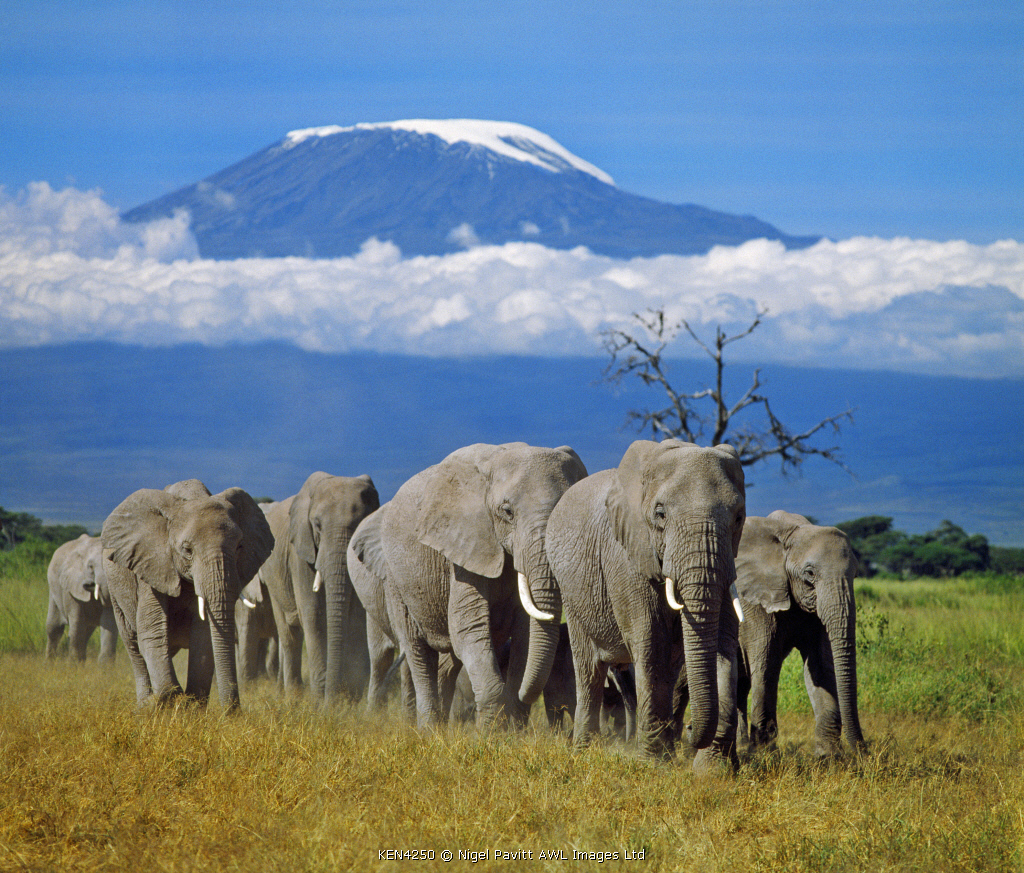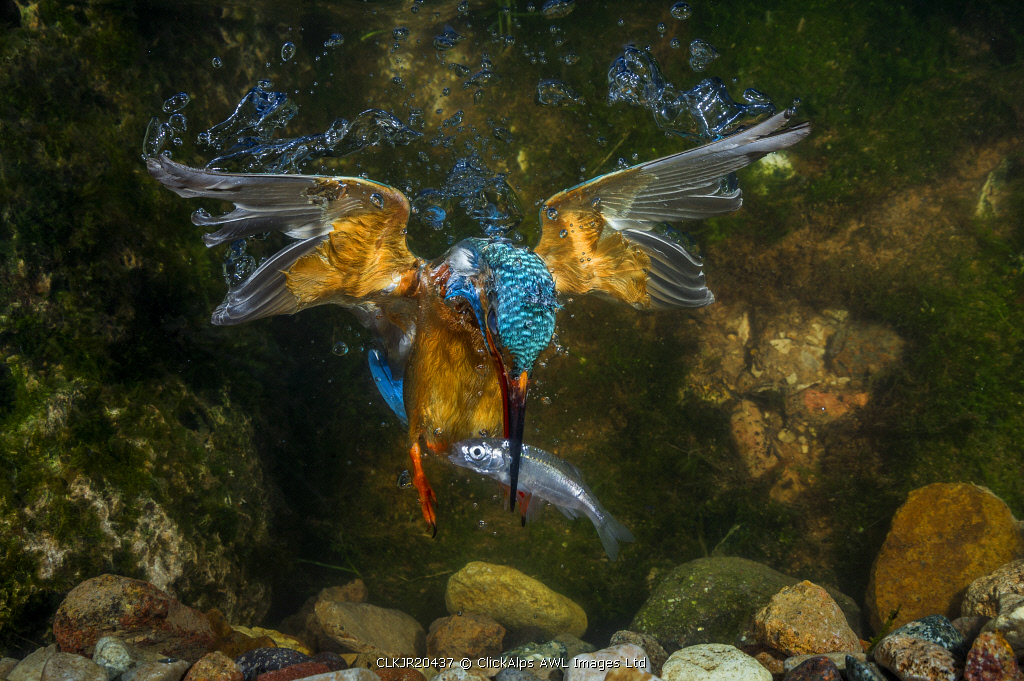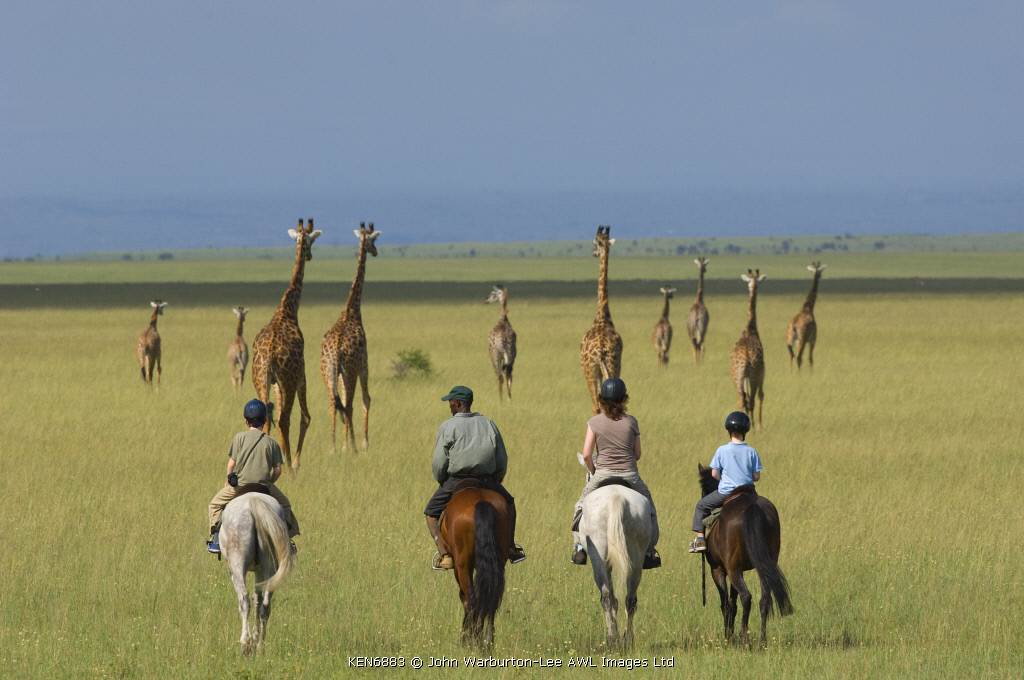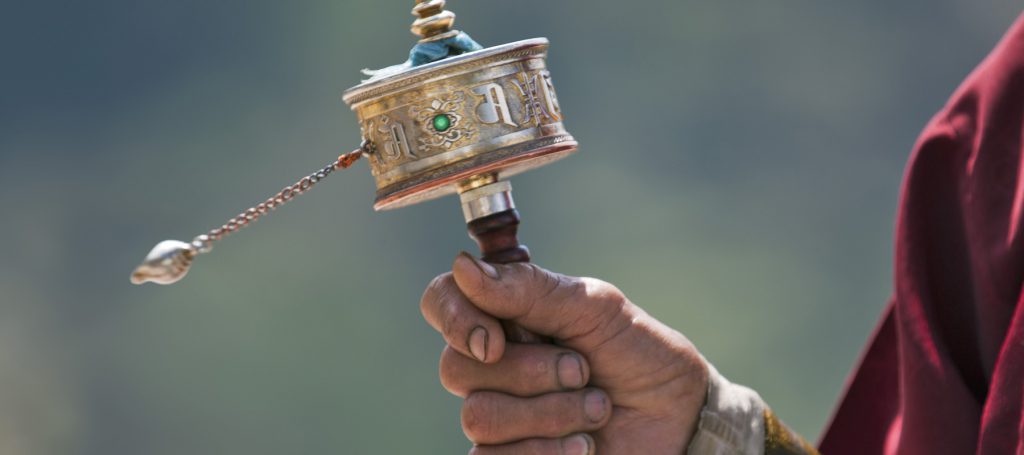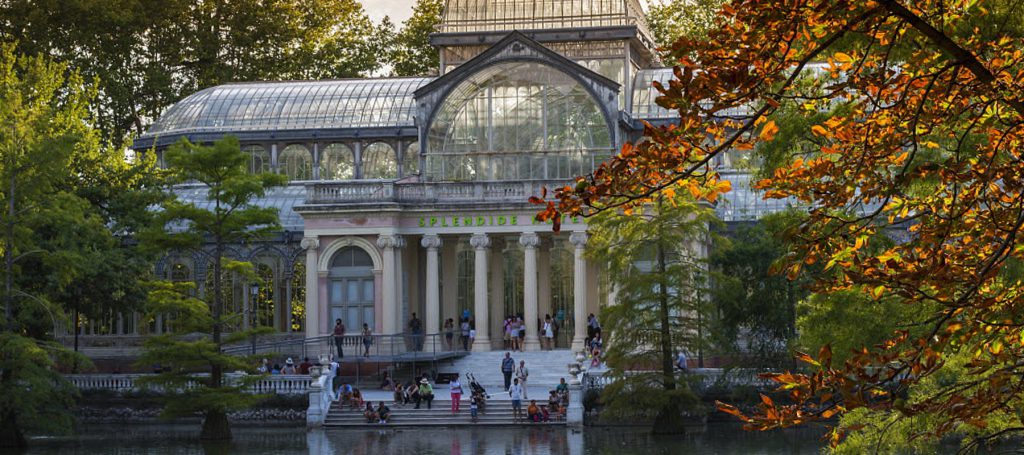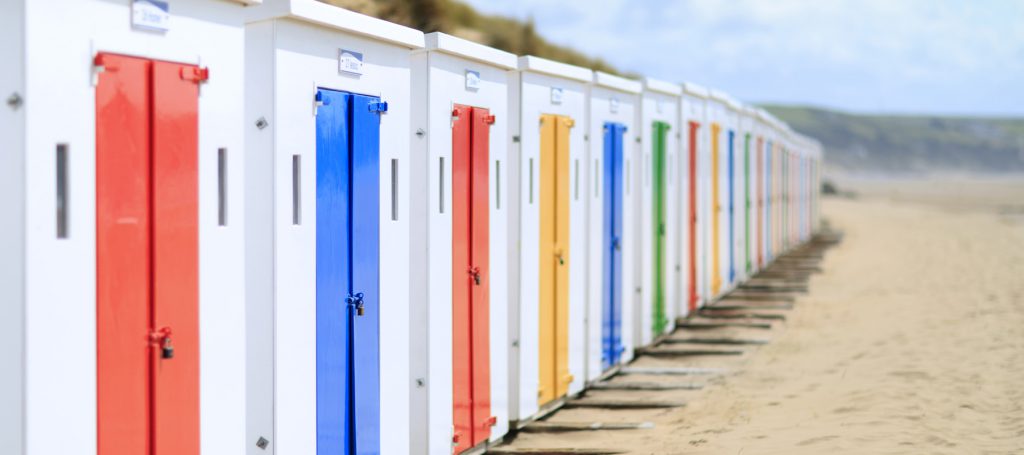Wildlife – a vital part of life as we know it:
Indigenous wildlife is a core component of any country’s DNA, as critical to its character as its landscape, people, culture or architecture. Eco-tourism continues to grow in popularity and many countries rely on it as a central pillar of their appeal to visitors.
The Market:
Wildlife photographers typically syndicate their images through the main Nature and Wildlife picture libraries. But there is also a significant and complimentary market for wildlife images through niche travel libraries such as AWL Images. We have a specialised travel-orientated client-base, but one with a strong appetite for iconic wildlife images. Travel brochures, holiday company websites, travel magazines, airline magazines, calendar companies – many seek to source all their images from premium travel providers, with wildlife an important component within the wider offering.
What wildlife images sell best in a travel context?
- Iconic species that are associated with a specific country or region, for example:
- Orangutans in Borneo
- Lemurs in Madagascar
- Polar bears in the Arctic
- Pandas in China
- Gelada baboons or Simien Wolves in Ethiopia
- Strong animal portraits
- Interaction between animals particularly where that is dramatic
- Classic behaviour of a species:
- Humpback whales breaching
- Leopard climbing trees
- Wildebeest in migration
- Images to a show species against a classic backdrop:
- Elephant in Amboseli with Mt.Kilimanjaro behind
- Tigers in the old ruins at Ranthambore
- Emperor Penguins in Antarctica
- Young of any species – cubs, foals, chicks
- Mother & young, animal families
- Massed numbers of animals or birds:
- Flocks of flamingos along an African lake shore
- Herds of caribou on the Alaskan tundra
- Pod of narwhal swimming in a lead in the Arctic
- Aerial views of wildlife & herds
- Interesting viewpoints that present the wildlife in a fresh or more intimate way:
- Nest cameras
- Robot cameras to shoot lions or elephant from ground level
- Details of skin, markings, paws, feathers, eyes
- Wildlife demonstrating “funny” behaviour or expressions
- Species showing natural camouflage techniques
- Eco-tourism:
- images of people, appropriately dressed, wildlife viewing from a safe and respectful distance
- Looking through binoculars
- people interacting with wildlife – where appropriate
Cover images:
Wildlife shots are popular as covers of magazines and brochures – don’t forget to leave copyspace for the mast-head and ideally more copyspace at the side for article headlines
Images that don’t work as well in a travel context:
- Animals photographed static and mid-distance
- Dull flat light
- Animals mating
- Predators covered in blood – fabulously hypocritical given that most safari-goers long to see a kill, but editors are very shy
- Species which however worthy, aren’t visually stimulating
Technical standards:
- The world is awash with images – so to catch the eye of an image-weary picture buyer and command a sale images have to be instantly captivating and technically perfect
- Pin-sharp at point of focus
- Perfectly exposed
- Creatively framed
- No irrelevant distracting elements in image
- Minimum 50 mB Tiff file, Adobe RGB, 8 bit, shot in RAW on professional standard camera

